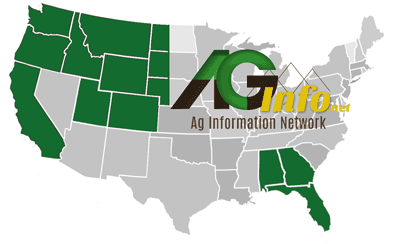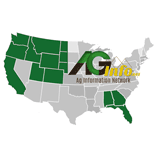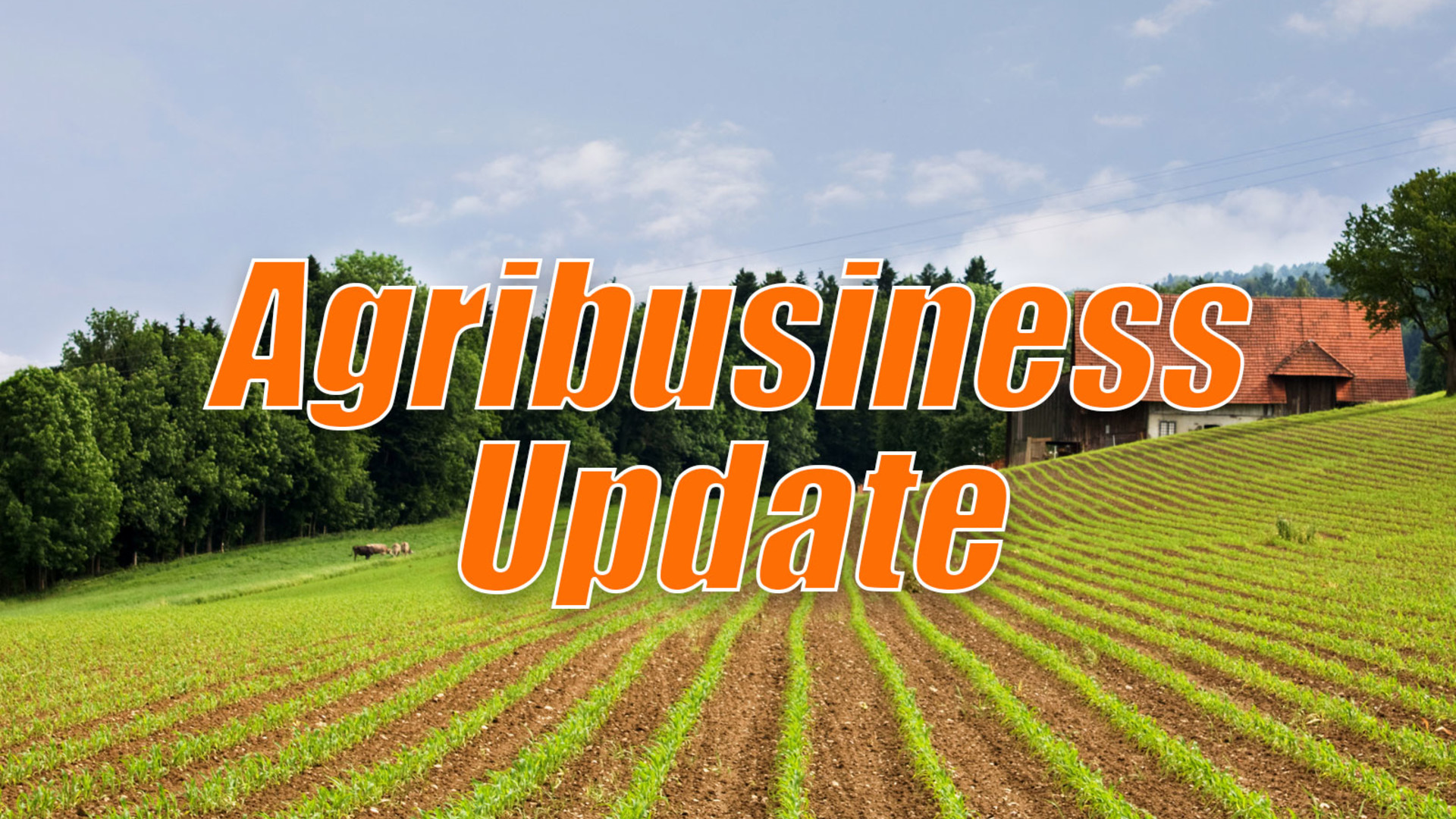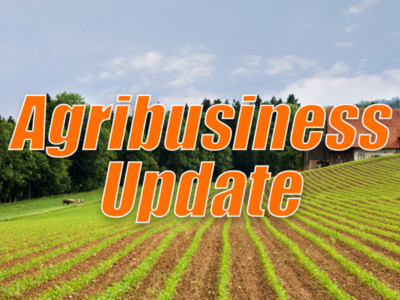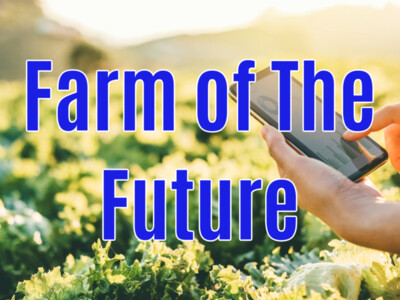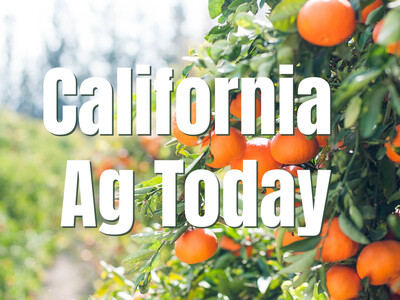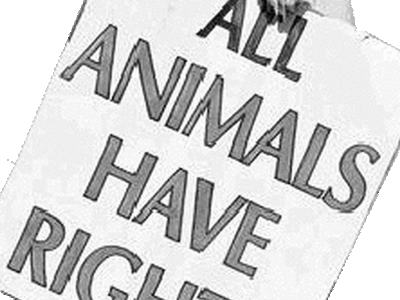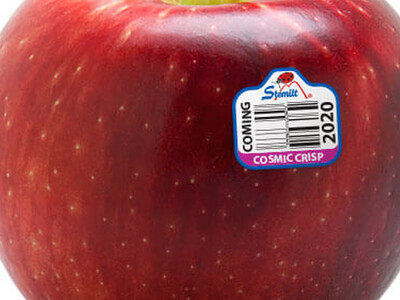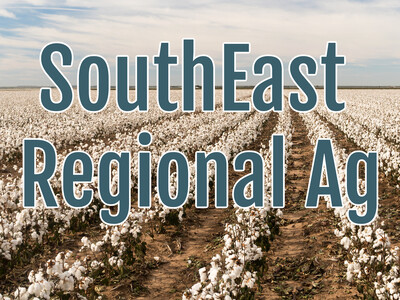U.S. Cattle Inventory Low and Higher Beef Prices Okay
From the Ag Information Network, this is your Agribusiness Update.**The U.S. cattle inventory is historically low, and that trend could take some time to turn around.
With cattle prices at record highs, ranchers are more inclined to sell calves for cash rather than retain them for breeding.
After drought crushed ranchers’ bottom lines, California rancher Michael David Fischer said many cow-calf operators are “finally getting out of the red a little bit,” and with current cattle prices “are encouraged to sell.”
##New University of Florida research shows with the help of artificial intelligence, farmers may soon find it easier to remove strawberry runners, which could save time and labor.
www.morningagclipc.com reports growers need all the help they can get to reduce production costs for an industry estimated at $500 million a year.
Strawberry nurseries use runners to grow lots of new plants for each season, and it’s an easy way to multiply plants.
www.morningagclips.com/ai-could-help-strawberry-growers-find-remove-runners-reducing-labor-saving-time/
**When retail prices for any product reach record-high levels, the demand usually plummets quickly, unless that product is U.S. beef.
A new report from CoBank says the allure of beef, even at high prices, is likely the result of several factors currently shaping consumer buying behaviors.
CoBank says improvements in beef quality and the increased availability of premium-grade cuts at retail have played a big role in driving demand.
**The USDA’s August Food Price Outlook forecasts overall food prices to increase by 2.9% in 2025.
Food-at-home prices will rise by 2.2%, while food-away-from-home prices will go up 3.9%.
These projections suggest price increases will be close to average this year, while prices are expected to grow more slowly in 2026, with the USDA expecting a 2.2% increase.
Food-at-home prices next year are projected to increase 1.2%, and 3.3% for food-away-from-home.
